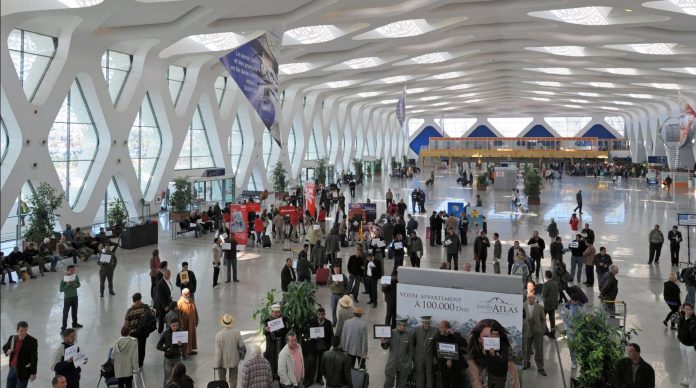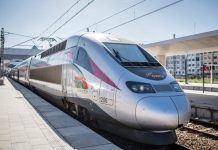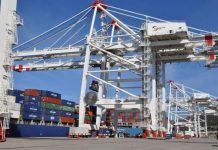Air traffic between Morocco and France ranks among the busiest international routes in the world. Year after year, this corridor remains one of the top three most heavily traveled air connections out of France, driven by a powerful mix of historical, social, and economic factors. Deep-rooted ties between the two countries, large diaspora communities on both sides, robust tourism demand, relatively short flight times, and aggressive pricing strategies have all contributed to this enduring momentum.
Nearly 30 cities across both nations are directly connected by air, forming a dense web of daily flights linking major urban hubs on each side of the Mediterranean. Each year, around nine million passengers travel this route, which has become crucial not only for tourism but also for family visits, business exchanges, and broader economic ties.
Moroccan carriers like Royal Air Maroc and Air Arabia Maroc play a significant role in maintaining these connections. Air France remains a key player as well, operating multiple daily flights between Paris Charles de Gaulle and several Moroccan destinations. However, it’s the low-cost airlines that now set the pace. Carriers such as EasyJet, Transavia, Vueling, and Volotea have dramatically expanded their presence in recent years. Leading the pack is Ryanair, which has made Morocco one of its strategic markets. With around 40 routes to and from Moroccan cities, Ryanair has established itself as the dominant player in this space.
As tourism continues to grow and mobility across the Mediterranean expands, the air bridge between France and Morocco reflects a rare level of intensity. This exceptional volume of traffic is more than a logistical feat—it’s a vivid illustration of the enduring and dynamic relationship between the two countries, shaped by shared history, cultural ties, and mutual economic interests.





